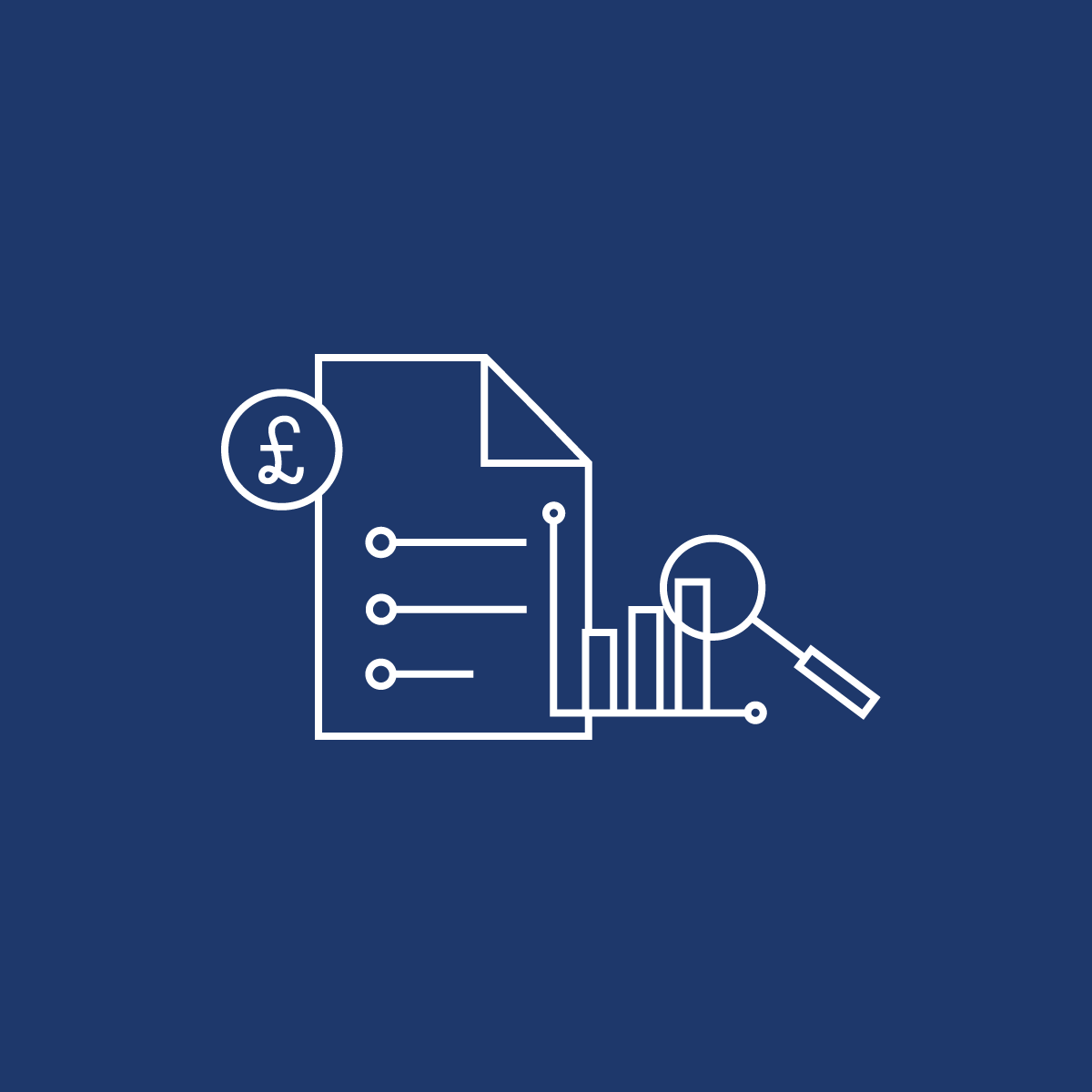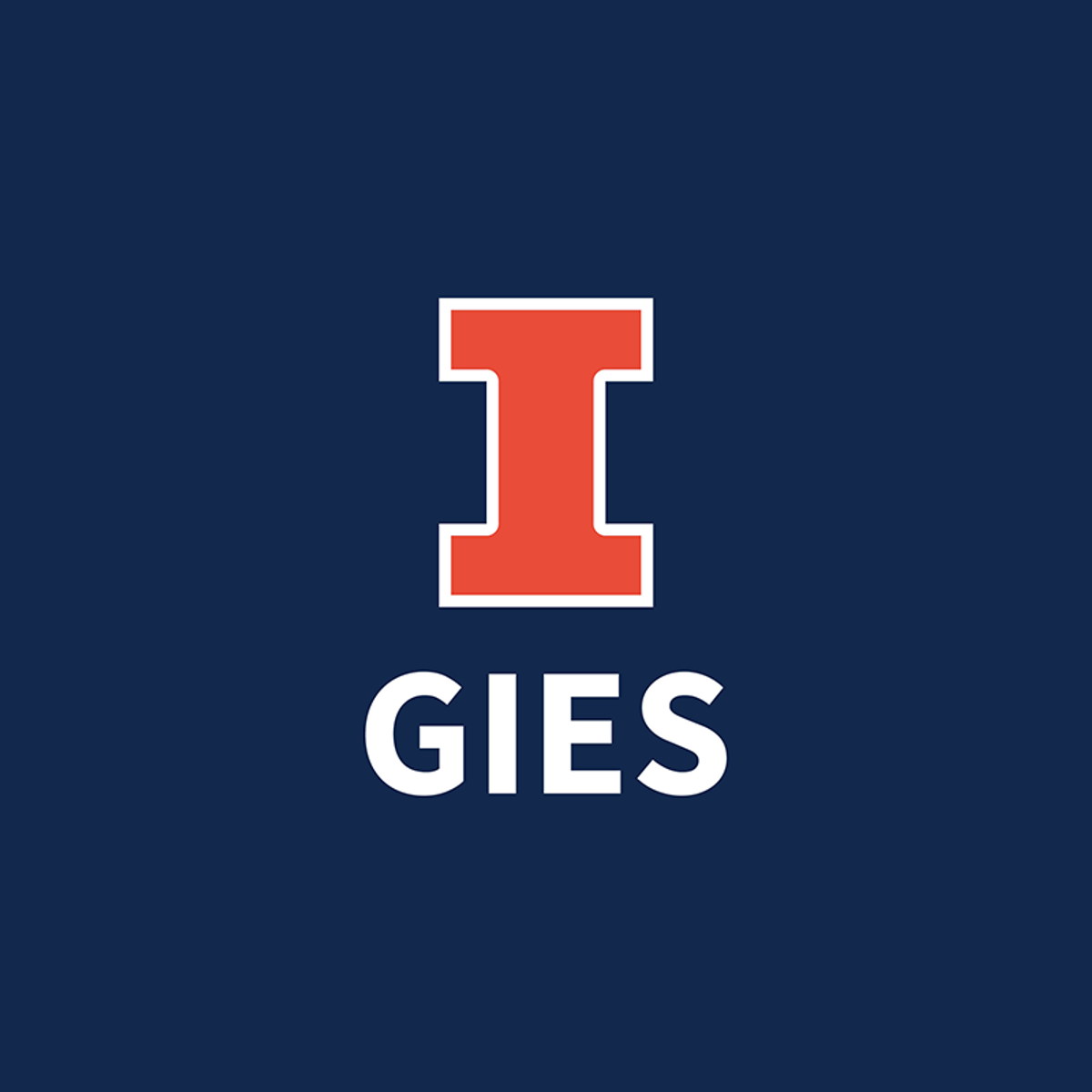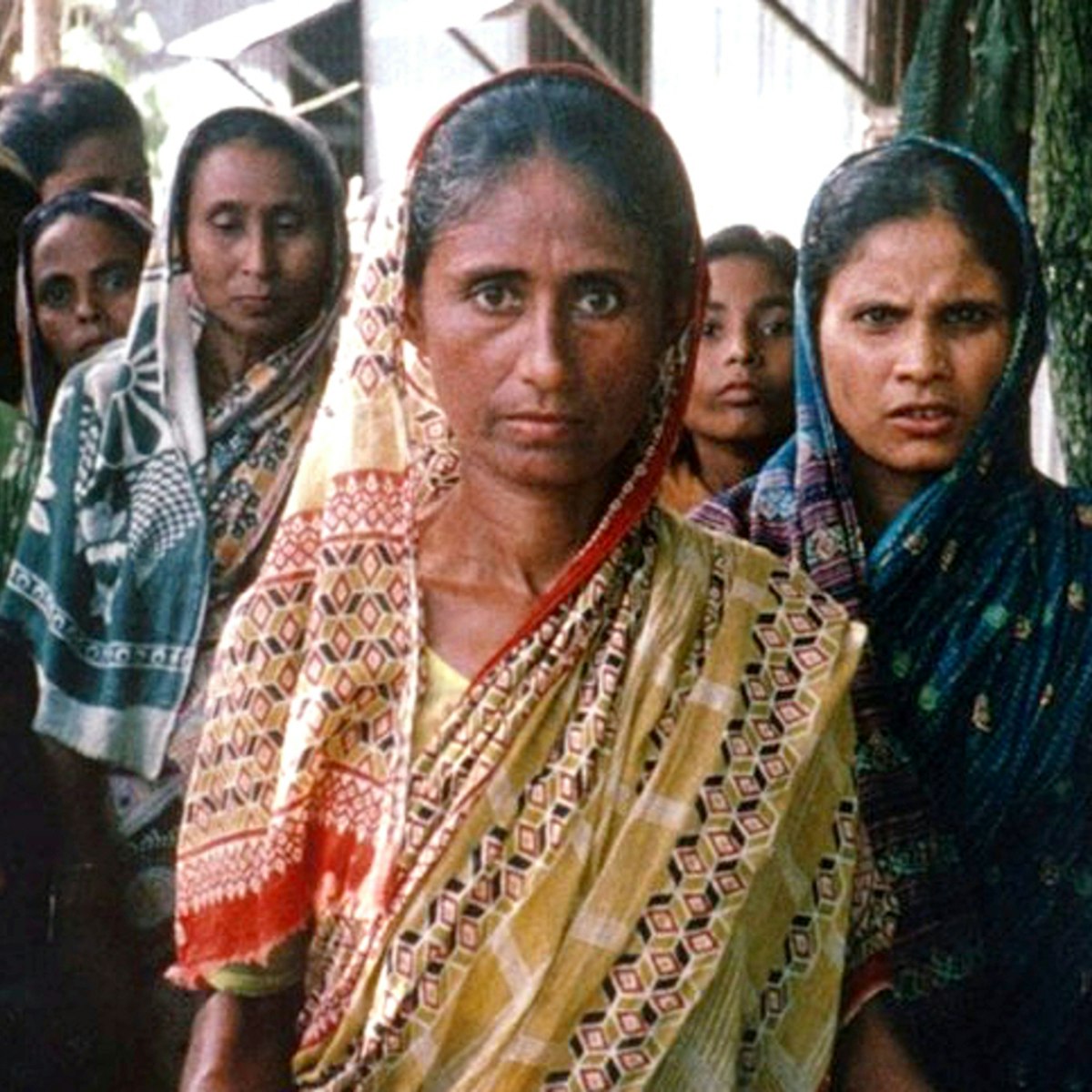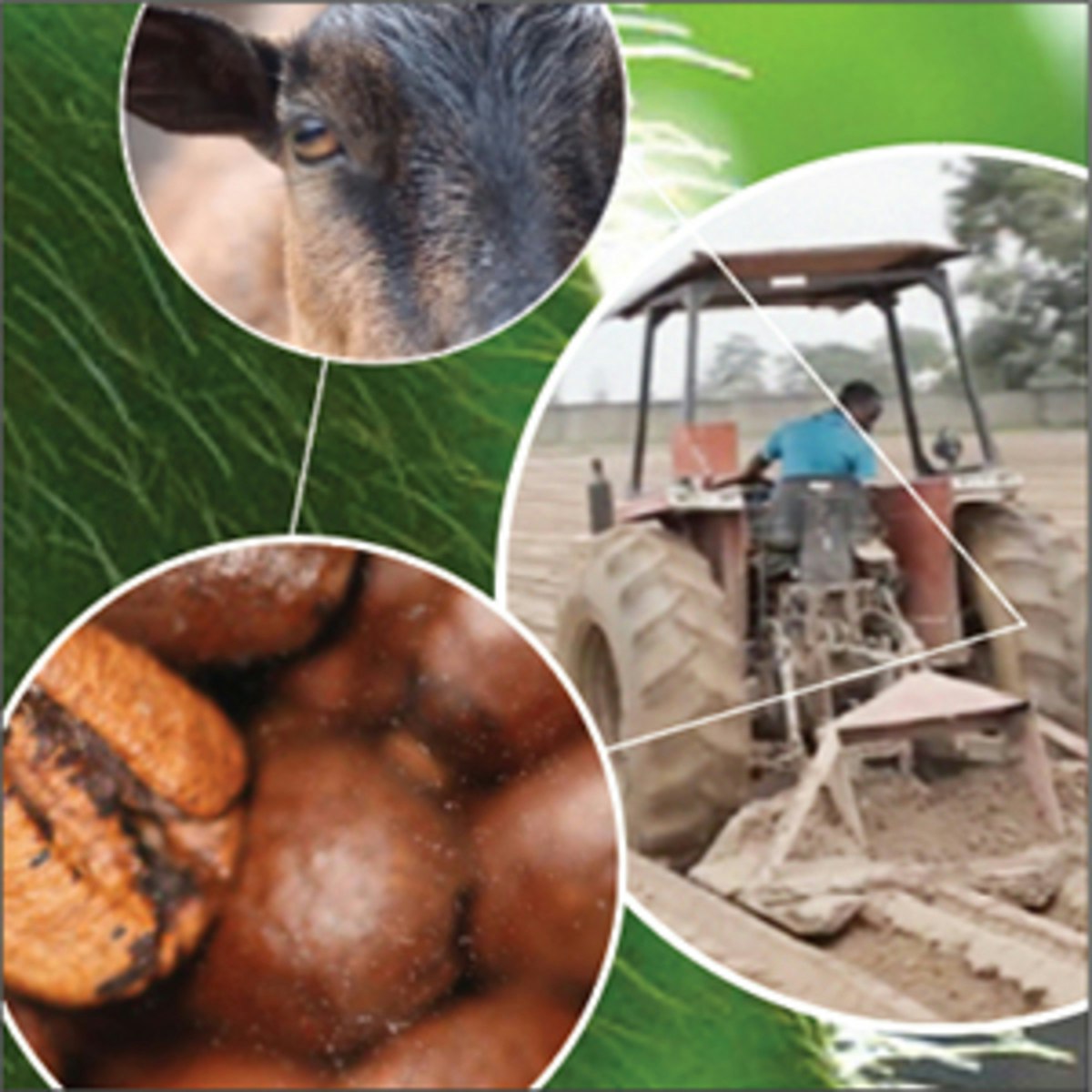Back to Courses









Social Sciences Courses - Page 31
Showing results 301-310 of 672

Learn to Teach Java: Sequences, Primitive Types and Using Objects
Get started with the basics of Java, and prepare to teach others using the free, online interactive CS Awesome textbook. In this course for teachers we'll guide you both in learning Java concepts and skills but also in how to effectively teach those to your students.
This course will support you in teaching the Advanced Placement Computer Science A course or a similar introductory university-level programming course. We'll begin with simple instruction sequences, primitive types, and using objects, as covered in the APCS A Units 1 and 2. Each topic will begin by relating Java to block-based programming languages and then provide video overviews of CS Awesome content along with additional materials to supplement learning for your students.
You'll engage with additional materials to support your teaching including "deep dive" classroom discussion questions and assessment overviews and options for your students.

Digital Business - Understand the digital world
Facebook, AirBnB, Tesla, Amazon, Uber. In just a few years, companies like these have changed the face of the global economy. Meanwhile, hundreds of thousands of start-ups are disrupting old business models, taking on centennial industrial groups – and winning. It’s clear that the rules of business have changed forever.
This MOOC provides a knowledge toolkit for the ongoing digital revolution. You’ll discover 10 concepts that are essential for understanding the new mechanisms of digital business and innovation.
Each concept is explained in its own beautifully designed, content-rich instructional video, along with additional resources for you to explore. The ideas are illustrated with up-to-the-minute case studies and examples from a wide range of industries.
Week 1 : Why Digital Changes Everything
Week 2 : Creating Value in a Digital World
Week 3 : Thinking and Acting Differently
This MOOC is ideal for learners from a wide range of backgrounds. It is brought to you by three expert professors and researchers from IMT - Telecom Paris, a leading European graduate school in the field of digital technology and social science.
This MOOC is supported by the Patrick and Lina Drahi Foundation.

The Econometrics of Time Series Data
In this course, you will look at models and approaches that are designed to deal with challenges raised by time series data. The discussion covers the motivation for the use of particular models and the description of the characteristics of time series data, with a special attention raised to the potential memory. You will:
– Discuss time series models, that refer to data that have been collected over a period on one or more variables for the same individual.
– Explore both on stationary and non-stationary time series models, as well as the difference between the non-stationary data and the trend-stationary processes
– Consider the problems that may occur with non-stationarity data.
– Discover the applications of time series models that are of use when we want to model the GDP growth of an economy, and to test for the Purchasing Power Parity Hypothesis.
– Explore the idea of forecasting using econometric models.
– Discuss different criteria to decide how good your in-sample and out-of-sample forecasts are.
– Explore the problem raised by data where the variance is non-constant, and models for volatility forecasting.
– Estimate ARCH(p) and GARCH(p,q) models for volatility with real financial market data and present how to extend these models to the mean of the time series via Garch-in-mean.
It is recommended that you have completed and understood the previous three courses in this Specialisation: The Classical Linear Regression Model, Hypothesis Testing in Econometrics and Topics in Applied Econometrics.
By the end of this course, you will be able to:
– Manipulate and plot the different types of data
– Estimate and interpret the empirical autocorrelation function
– Estimate and compare models for stationary series
– Test for non-stationarity of time series data
– Estimate and interpret cointegration equations
– Perform in-sample and out-of-sample forecasting exercises
– Estimate and compare models for changing volatility
Marketing in a Digital World
This course examines how new digital tools, such as the Internet, smartphones, and 3D printing, are revolutionizing the world of marketing by changing the roles and practices of both firms and consumers. Marketing in a Digital World is one of the most popular courses on Coursera with over 500,000 learners and is rated by Class Central as one of the Top 50 MOOCs of All Time (https://www.class-central.com/report/top-moocs/).
You will be able to:
• Understand how digital tools are changing the nature of marketing
• Explain how digital tools allow consumers to take a more active role in product development, promotion, placement, and pricing activities
• Obtain a new set of concepts, tools, and stories to enhance your digital marketing efforts
This course is part of Gies College of Business’ suite of online programs, including the iMBA and iMSM. Learn more about admission into these programs and explore how your Coursera work can be leveraged if accepted into a degree program at https://degrees.giesbusiness.illinois.edu/idegrees/.

International Women's Health and Human Rights
This course focuses on women’s health and human rights issues from infancy through old age, including information about positive interventions relating to those issues. Learners are encouraged to interact with each other through interactive discussions.
It is important to us that this course be available to all learners. We encourage you to apply for Coursera's financial aid (see link to left) if the cost of the course certificate is difficult for you to afford. Please note that you may view all materials in this course, and participate in it, without purchasing a certificate.
The course was co-created by Consulting Professor Anne Firth Murray and Kevin Hsu. Anne Firth Murray is the Content Director of the course; Kevin Hsu is the Design Director of the course.

Coexistence in Medieval Spain: Jews, Christians, and Muslims
This course explores Jewish, Christian, and Muslim intercultural relations in Iberia from the Visigothic era (6th century CE) until the creation of Queen Isabel I and King Ferdinand II Catholic Spain (late 15th century). We evaluate the many identities of the peninsula known as Christian Hispania, Jewish Sefarad, and Islamic al-Andalus. We trace the origins and trajectory of conflict between these communities (the Muslim conquest of Spain, Christian Reconquista, prohibitions blocking intermixing of peoples, and expulsions). We aim to understand conflicts within communities as well, such as the tensions between Christian Arian Visigoths and native Catholic Iberians or the fundamentalist North African Almohad Dynasty that rejected the Spanish Umayyad Caliphate’s preference for religious tolerance. We delve into an appreciation of collaboration and coexistence among these communities. We explore the unique role of the Jewish community who Muslims and Christians depended upon as political and cultural intermediaries as well as their intellectual collaborators. We find the history of how peoples attempted to create and manage viable diverse communities. As we study this history, the Honors Track will employ an investigative process (“The Historian’s Craft”) that involves viewing, reading, analyzing, and reflecting on events, peoples, places, and artifacts.

Take Action: From Protest to Policy
In Take Action, you will learn four strategies for transforming your activist work into policy change. First, we'll explore how to use the courts to mobilize constituents, raise awareness, gain information, and change the law. Second, we'll analyze the benefits of communicating your message across platforms and review a case study in cross-platform communication of a criminal justice reform message in the U.S. Third, we'll examine how to connect to power through stakeholder analysis and issue framing. Fourth, we'll appraise the benefits of working locally to generate wins, gain knowledge, and create meaningful change.
By the end of this course, you will be able to formulate a comprehensive plan for real world change. This course will engage you if you care about specific issues such as climate change, racial justice, or mass incarceration, or if you want a broader understanding of how the U.S. courts and justice system operate, how communications professionals think about social media strategy, how change-makers network with policymakers, or how local actors and positive deviants possess answers to complex social problems.
LEARNING OUTCOMES
-Recognize and explain policymaking terms
-Describe important policymaking places, people, and procedures
-Analyze law and policy documents and texts
-Evaluate the efficiency and effectiveness of policymaking actors and institutions
-Appraise the effectiveness of policy-oriented communications
-Identify policy stakeholders
-Communicate your policy-related ideas clearly
-Develop a plan of action to influence policy
INSTRUCTORS
Mary Alice Haddad, John E. Andrus Professor of Government; Professor, East Asian Studies; Professor, College of the Environment
Sarah Ryan, Attorney, Director of the Law Librarianship Program at the University of North Texas, and Associate Professor of Information Science

Transformation of the Global Food System
The UN predicts we will be 9-10 billion people on Earth in 2050. Providing so many people with nutritious foods is a massive challenge and one that cannot be met by simply upscaling current practices regarding food production and consumption. Providing humanity with nutritional food is at the center of all decisions related to sustainable development.
Agriculture is responsible for 80% of global deforestation. The food systems release 29% of global greenhouse gasses. We use an area equivalent to North and South America combined for the production of meat for consumption or to produce the food necessary to feed the animals we eat. 70% of fresh water use is related to agriculture. These figures are staggering, and they show us, that we need to rethink and transform the way we produce, distribute and consume food worldwide.
This course focuses on how food systems can become more sustainable. It consists of four modules where each focuses on an essential ingredient towards developing more sustainable food systems: (1) Boosting the small, (2) Transforming the big, (3) Losing less and (4) Eating smarter. In each of these key areas, we will meet people from different countries around the world, who labor every day to find and spread solutions that work.
Connecting the challenges that must be overcome to develop a sustainable global food system with the solutions being developed by the amazing group of people you meet in this course has been a huge source of inspiration for me. I truly believe that the global food system can be transformed to sustainably meet the needs of 9-10 billion people and, with this course, I dare you to join me!

Trading Basics
The purpose of this course is to equip you with the knowledge required to comprehend the financial statements of a company and understand the various transactions that take place in the stock market so that you can replicate the strategies discovered by the extant academic literature.
The first part of the course provides a brief introduction to financial statements and various common filings of firms. You will learn how to obtain information regarding a company's performance from them and use the information to build trading strategies. Next, you are taught basic asset pricing theories so that you will be able to calculate the expected returns of a stock or a portfolio. Finally, you will be introduced to the actual functioning of asset markets, type of players in the market, different types of orders and the efficient ways and opportune time to execute them, trading costs and ways of minimizing them, the concept of liquidity .etc. This knowledge is required to develop efficient algorithm to execute various trading strategies.

Panel Data Analysis with R
In this 1-hour long project-based course, you will learn how to conduct Panel Data (Regression) Analysis. You will receive step-by-step instructions to analyze the 'RENTAL' dataset from 'Introductory Econometrics: A Modern Approach' by Wooldridge using R Studio. In this project, we will discuss three models namely, Ordinary Least Square (OLS), Fixed effects (FE) and Random effects (RE) in brief and check which one fits the model best. You will also learn some additional diagnostic tests which were not required for this example but are useful for other panel datasets (especially, macro panels).
Note: This course works best for learners who are based in the North America region. We’re currently working on providing the same experience in other regions.
